The lawn is an icon of the American home. As a multi-use area, it must be covered with a tough ground-cover plant capable of standing up to children playing and trampling your neighbors at routine grill outs, yet still beautiful enough to present your home to passers-by. Maintenance of such a space has undoubtedly been frustrating in the face of the misinformation circulating on the internet, not to mention conflicting practices extolled by your neighbors. Believe it or not, it’s not as difficult as you think, though, there are a few areas where you should focus your attention and apply a few scientifically proven principles. To achieve a luscious green lawn, you will need to focus your attention on three crucial elements—irrigation, fertilization and mowing. Optimizing these three practices will lead to a stress-free and healthy lawn.
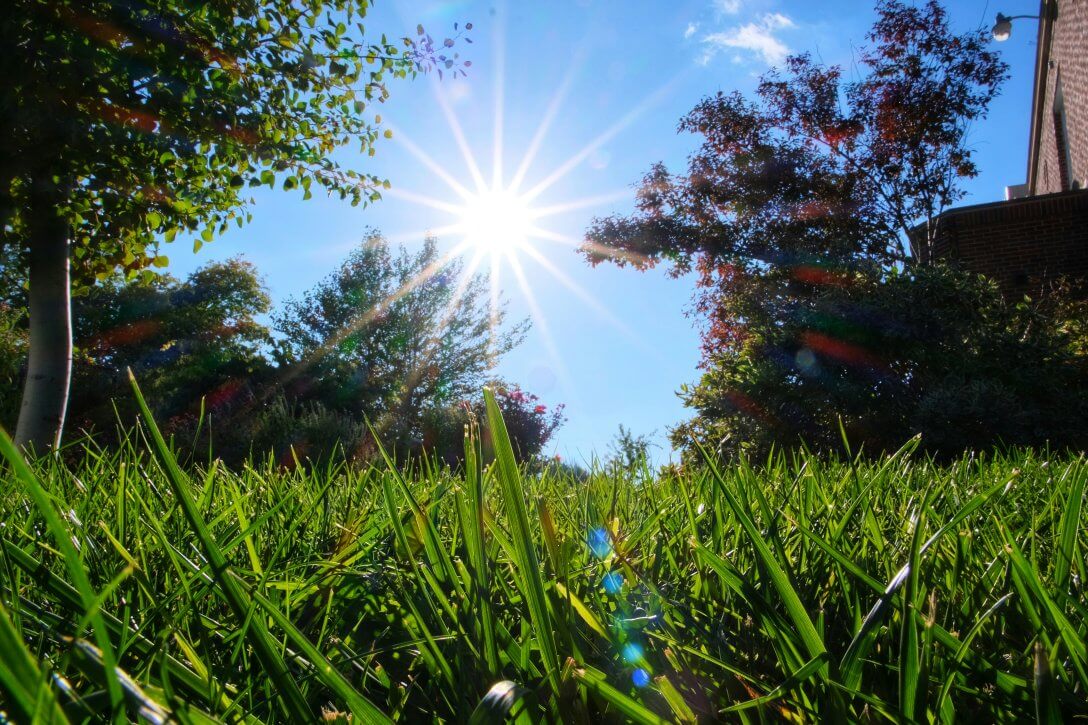
Know Your Turfgrass
Before you do anything else, it is important to know what species you are working with. The most common turfgrass in the Panhandle is centipedegrass, with zoysiagrass and St. Augustine being close contenders. Bermudagrass and Bahia are also present, but the former has largely moved out of lawns in favor of athletic fields, and the latter is largely used in open unmanicured spaces. To identify your grass species, pay attention to some general characteristics and the conditions in which they grow. For instance, centipedegrass thrives in a low pH, has a yellowish hue, coarse textured blades and spreads via runners. This won’t lead you to the cultivar, but will let you know the species and thus drive your maintenance regimen. If you don’t have grass and are looking for what type of sod you’d like to install, knowing these characteristics and your conditions will help ease the choice. Test your soil’s pH before you do anything else. Different grasses thrive at specific pH levels, and choosing the right species is considerably easier than adjusting the pH level of your soil. Another consideration is the light level. Some zoysia and St. Augustine cultivars perform well in the shade, while others and all centipedegrasses will struggle in shady environments. Choose the best species for your yard, while understanding that some may be better suited to shade gardens than lawn space.
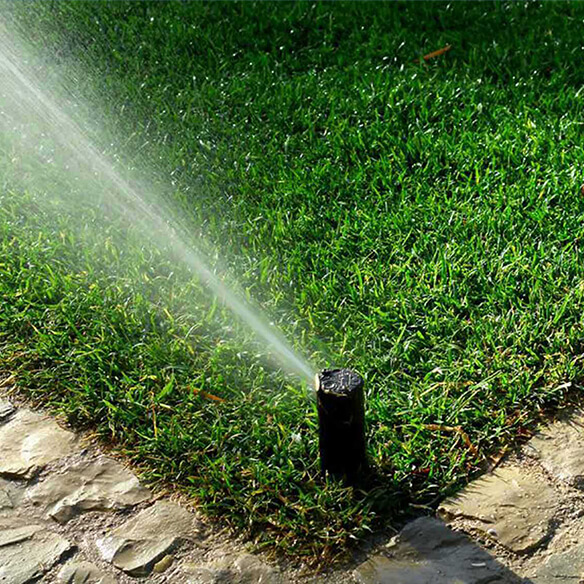
Irrigation
Irrigation is the most important aspect of lawn care. Improper watering will cause your grass to die back, opening bare spots for weeds and insects to infiltrate. This can create a whirlwind of tasks that drive the “high maintenance” reputation of grasses in Florida. Irrigation is best performed based on the needs of the lawn, not as a schedule. To determine when you should irrigate, look for indicators such as folding blades, color change and lingering footprints. When you see these, apply 1/2 to 3/4 inches of water in the predawn hours. Keeping your soil texture in mind, sandy soils may need more water to saturate the area, while clay may need to soak in through multiple applications. The important thing is to get the water into your root zone. Watering only when required will encourage deeper rooting of your grasses and help them thrive in drought conditions.
So, how do you know how long to run your system? Calibrate by evenly distributing straight-sided cans in your watering zones. Tuna cans are excellent for this purpose. Run the system for 15 minutes and then, adjust your times as necessary. While you are calibrating the system, check the sprinkler coverage. Adjust any errant heads to evenly distribute to all turf areas and away from driveways and roads. No matter how much irrigation these areas get, they will not grow grass. Lastly, install a rain sensor. The Panhandle receives about 68 inches of rain per year,*so there is no need to run your water system if Mother Nature is taking care of the irrigation for you.
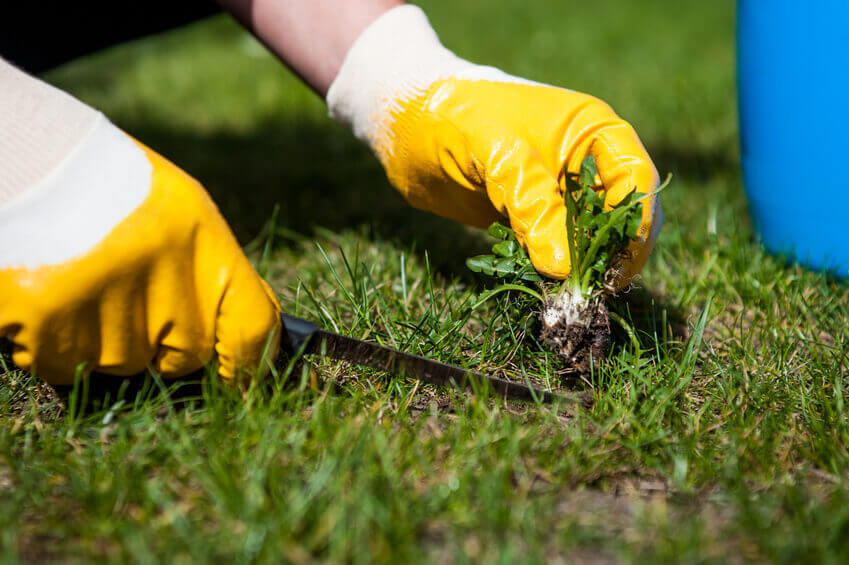
Fertilizing
Fertilization is often another misunderstood topic, and the second easiest way to harm grass. Grasses are plants and, therefore, require nutrients to thrive. You can only determine how much through soil testing, which should be performed at least every three years. Over fertilizing, just like overwatering, will cause your grass to die back. Application rates are species-specific and given in terms of required nitrogen per 1000 square feet across the growing season. To meet these requirements, make multiple applications while roots are actively growing between April 15 and September 15.
Nitrogen is identified in fertilizer by the first of the three-digit NPK rating required on fertilizer labels. It indicates the amount as a percentage of the weight of the bag that is nitrogen. There is no optimal rate (i.e., 6-6-6, 8-8-8); instead, choose the bag that provides the amount of fertilizer needed for your application system to apply the appropriate amount of nitrogen. Additionally, ensure 70 percent of this nitrogen is slowly released, providing small “sips” to your lawn.
Mowing
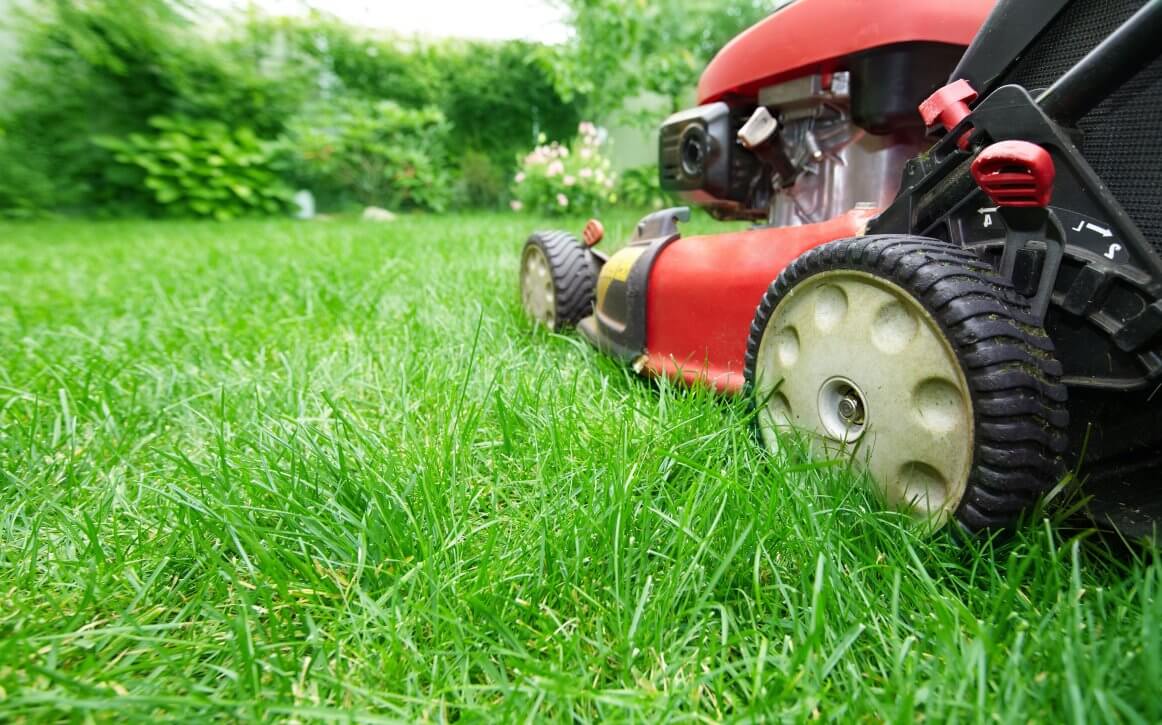
The final aspect of lawn care that is often overlooked is mowing height. Turfgrasses, as with any other plant, need to photosynthesize. Mowing too short will not provide enough blade for it to do so efficiently, and mowing too high can cause grasses to try and shade themselves. Either way, incorrect mowing will cause stress to the plant, which will create management issues down the road.
When you mow, you should leave clippings on the lawn, assuming they are not excessive. Excessive clippings would mean they can be seen roughly resembling windrowed hay. The clippings help to add organic matter and return some of the nutrients to your lawn.
Weeds
No article on lawn care would be complete without mentioning weed control. This topic could be, and has been, the subject of many articles. For our purposes, I’ll only touch on weed prevention. The absolute best way to prevent weeds in your lawn is to keep your turfgrass stress-free and lush. That is done by paying attention to your irrigation, fertilization and mowing practices. That said, these efforts may be bolstered with pre-emergent herbicides, which are applied in mid-February, mid-April and again in October. Pre-emergent herbicides help to prevent weed seeds from germinating in the first place, thus keeping them from becoming an issue in your lawn. They require two applications in spring, as the seeds germinating this time of year are keyed by soil temperature (February application) and day length (April application). The same is not true in autumn; thus, only one application is necessary. Some care needs to be taken with these herbicides as they cannot decipher weed seeds from those you wish to germinate. Make sure anything you are wanting to germinate is not planted in the ground when applying the pre-emergent herbicides, or use transplants in those areas. As with all herbicides, follow the label on your chosen product to avoid affecting any off-target plants.
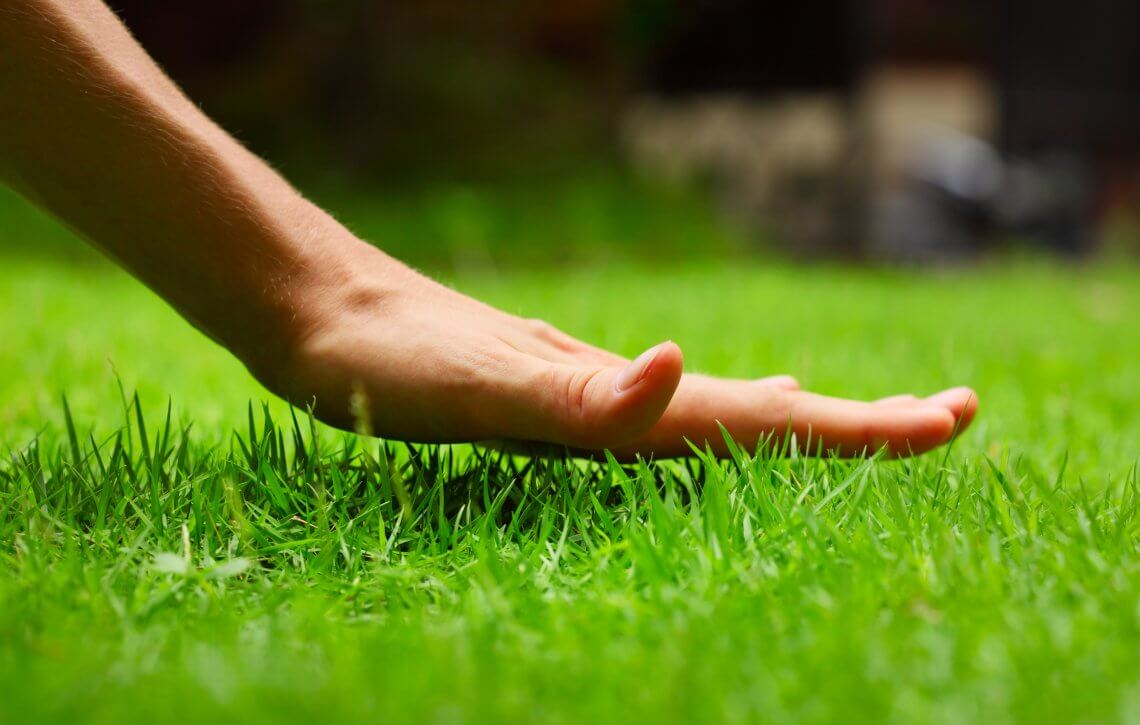
Turfgrasses are a lot easier to maintain than their reputation would imply. Appropriate irrigation, fertilization and mowing will provide lush, healthy growth. Keeping grasses stress-free will reduce weed infiltration and help to replenish local watersheds. Take the time to familiarize yourself with your grass and institute a maintenance regimen appropriate for it to thrive.
The UF/IFAS Extension is here to help with your lawn care and maintenance needs both online and in person. For more specific information on lawn care, visit hort.ifas.ufl.edu/yourfloridalawn/. For questions, call or visit your local UF/IFAS Residential Horticulture Agent. To locate a horticulture agent in your area, visit the UF/IFAS extension directory at edis.ifas.ufl.edu/.